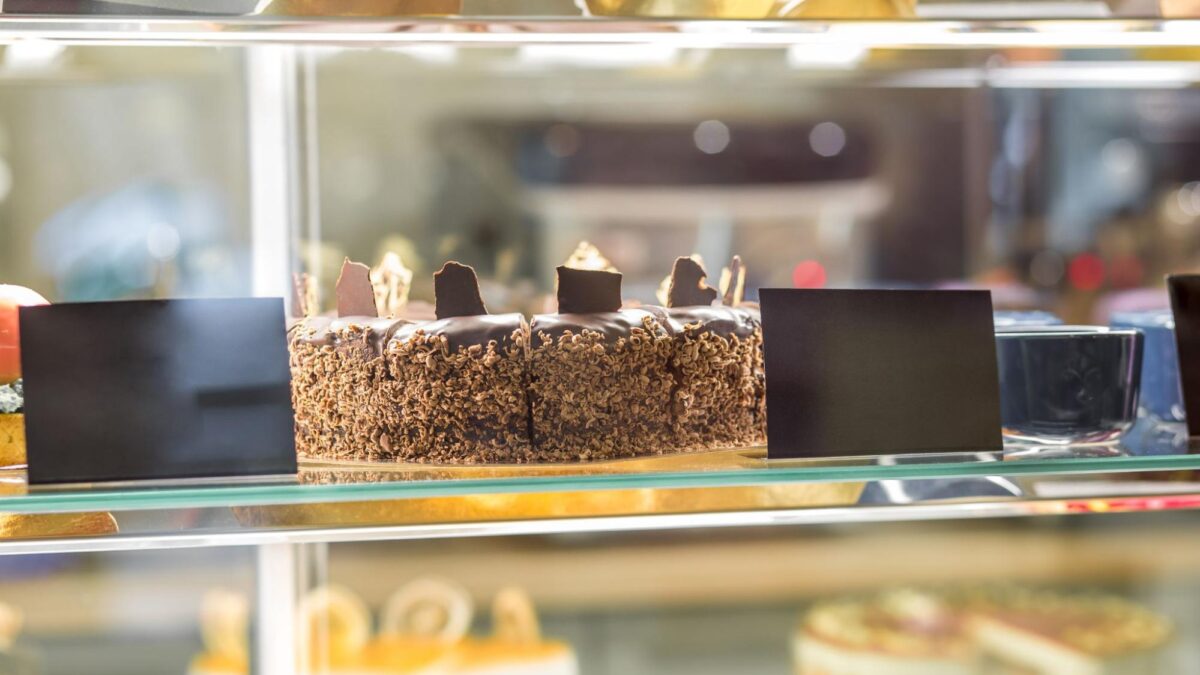
How Long Should You Defrost Cake at Room Temperature: A Guide
If you’re planning to serve a frozen cake, you need to defrost it first. While defrosting seems like a straightforward process, it can be a little trickier than you might think. Room temperature is a convenient method for defrosting cakes, but how long should it take? Let’s dive into the details and understand the defrosting process.
Understanding the Defrosting Process
Defrosting is a crucial step in ensuring that your cake is at its best. It is the process of taking a frozen object to room temperature. This process involves converting the ice crystals formed during freezing into water. The water content in cakes becomes harder during freezing, and defrosting can loosen the texture, making it more palatable.
From a safety point of view, you should defrost the cake in a controlled manner to prevent any bacterial growth. Bacteria thrive in warm, moist environments, and if not defrosted properly, the cake can become a breeding ground for harmful bacteria.
Why Defrosting is Important
Defrosting is necessary to enhance the texture and flavor of the cake. When a cake is frozen, the water in the cake forms ice crystals, which can damage the cake’s structure. Defrosting helps to break down these ice crystals, allowing the cake to regain its original texture and flavor.
Defrosting also provides an evenly baked cake, especially when reheating. If a cake is not defrosted correctly, it can lead to an unpleasant and dry texture and taste. Therefore, it is crucial to defrost the cake correctly to ensure it is at its best.
Factors Affecting Defrosting Time
The defrosting time for a cake depends on several factors, such as the size of the cake, the ingredients in the cake, and the room temperature. A small cake may only take a couple of hours to defrost, whereas a larger cake may require several hours, or even overnight, in the fridge.
The type of cake also plays a vital role in defrosting time. Different types of cakes have different densities and moisture, affecting the rate of defrosting. Therefore, the defrosting times for layer cakes, Bundt cakes, cheesecakes, and ice cream cakes are not the same.
It is essential to plan ahead when defrosting a cake, especially if you have a specific time you need it ready. Always allow enough time for the cake to defrost gradually and thoroughly.
Signs Your Cake is Properly Defrosted
To ensure the cake is defrosted correctly, some key signs to look for include:
- The cake’s center is soft and sponge-like, indicating it has reached room temperature;
- The cake should spring back to the touch and not feel overly cold;
- If the cake has a frosting or glaze, it should not be too sticky or wet;
- The cake’s surface should not have condensation or ice crystals.
If you notice any of these signs, your cake is ready to be enjoyed. Proper defrosting ensures that the cake is at its best, with the right texture, flavor, and moisture content.
Defrosting Different Types of Cakes

Layer Cakes
The best way to defrost a layer cake is by leaving it in the fridge overnight. Since it is a dense cake, this will help avoid any potential spoilage during the defrosting process. After removing the cake from the fridge, it will take around an hour to reach room temperature.
Bundt Cakes
Bundt cakes, with their unique shape, can take longer to defrost as the center may be denser than the edges. The best method for defrosting a Bundt cake is to leave it on the kitchen counter in its pan for an hour, followed by placing it in the fridge for several hours or overnight.
Cheesecakes
Defrosting cheesecakes is a delicate process because they’re a combination of a cake and a custard. To avoid defrosting too long, leading to mushy consistency, it’s best to defrost it in the fridge for several hours, or overnight. However, if you must use the microwave, do it in intervals of 10-15 seconds, checking regularly if it’s defrosted enough.
Ice Cream Cakes
Ice cream cakes are the most challenging to defrost. The best method is to leave them in the freezer for 12 hours before moving them to the fridge. After four more hours in the fridge, you can remove it from the pan and leave it at room temperature for an hour or two without melting the ice cream.
Defrosting Techniques for Optimal Results
Using a Microwave
If you’re in a rush, you can use a microwave to defrost the cake. However, microwaving can lead to uneven defrosting, where the edges are too hot and the cake’s center is still frozen. Start by placing the cake onto a microwave-safe dish and microwave it for 10-15 seconds at a low power setting and check each time until you reach the desired temperature.
Defrosting in the Refrigerator
The best method for defrosting cakes is to place them in the fridge overnight. The cold temperature from the fridge slowly defrosts the cake and prevents any significant texture changes. For a more precise defrosting timeline, you can use a thermometer to measure the temperature of the cake as it warms up.
Speeding Up the Process with a Water Bath
If you’re running low on time, you can speed up the defrosting process by placing the cake in a sealed Ziploc bag and submerging it in a bowl of cold water. Change the water often to ensure it stays cold and replace as needed until the cake is defrosted.
Common Defrosting Mistakes to Avoid
Over-Defrosting Your Cake
The most common mistake people make is leaving the cake out for too long. This can cause spoilage, making the cake’s texture and flavor less desirable. Trying to speed up the defrosting process by using heat sources such as the oven or a hairdryer can lead to melting and ruin the cake.
Not Allowing Enough Time for Defrosting
Defrosting takes time, and rushing it can lead to an uneven texture or frozen center. It’s best to plan ahead and give the cake enough time to defrost in the fridge, checking regularly to ensure you don’t over-defrost it.
Defrosting in an Unsafe Environment
When defrosting, you need to ensure that the environment is safe for the cake. For instance, leaving a cake out in a room for too long can lead to bacterial growth. Ensure you defrost in a cool area and always cover the cake to prevent any airborne contaminants.
Conclusion
Defrosting a cake at room temperature is an essential process that involves a careful balance of time, temperature, and technique. Remember to give your cake enough time to defrost, keep it in a safe environment, and check it regularly to ensure it’s not over-defrosted. With these tips, you’re guaranteed to have a perfectly defrosted cake every time!